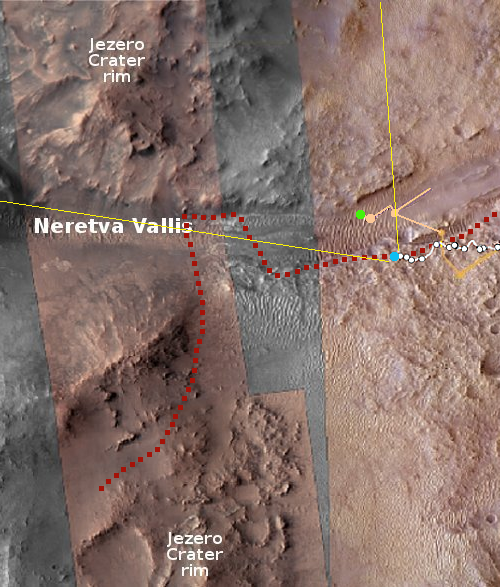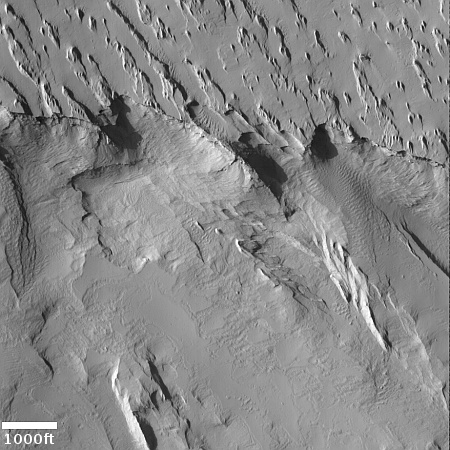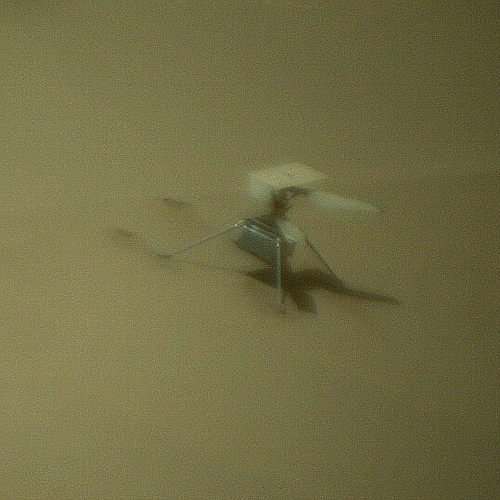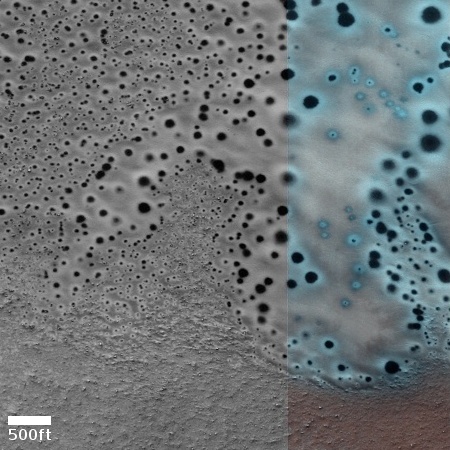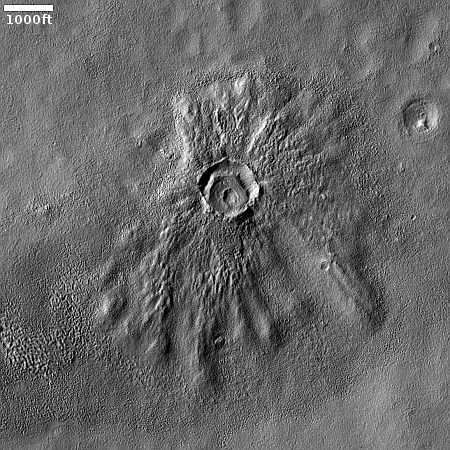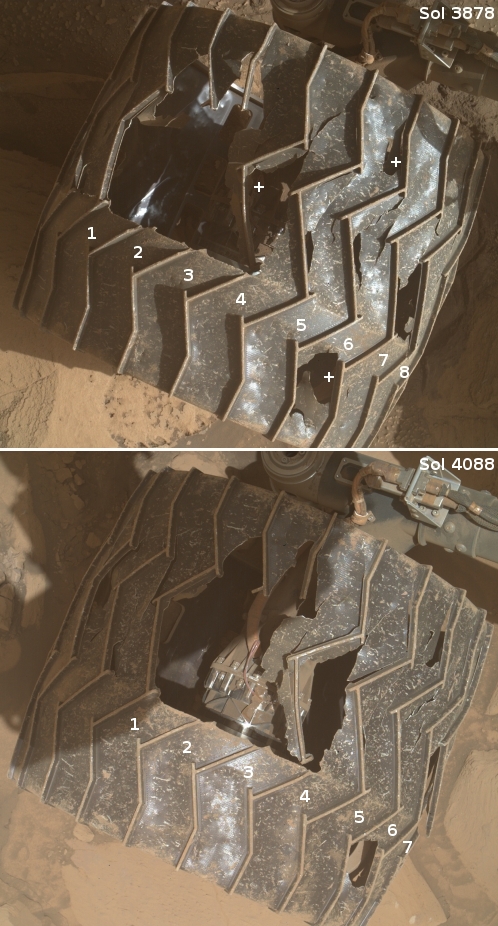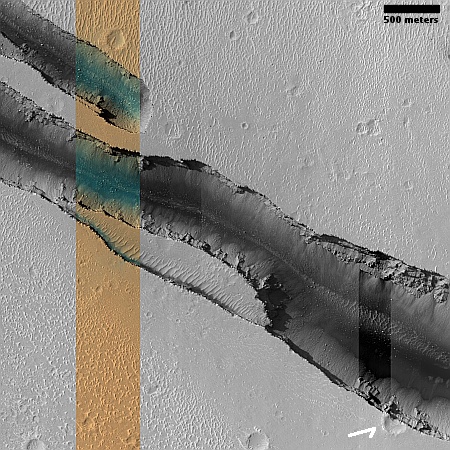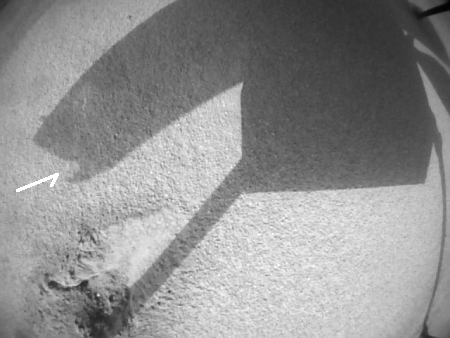JPL requests proposals from the private sector for Mars exploration
Capitalism in space: JPL, which is the lead agency running NASA’s very troubled Mars Sample Return (MSR) mission, has now issued a request for proposals from the private sector for doing a variety of Mars missions.
NASA’s Jet Propulsion Laboratory issued a request for proposals Jan. 29 for “commercial service studies” for future robotic Mars mission concepts. The studies, with a value of $200,000 or $300,000, would be carried out over 12 weeks. The studies are intended to examine four specific design reference missions to explore commercial opportunities to support Mars exploration: delivery of small payloads of up to 20 kilograms to Mars orbit, delivery of large payloads of up to 1,250 kilograms to Mars orbit, services to provide high-resolution imaging of the Martian surface and communications relay services between Mars and Earth.
Missions to provide imaging or communications from Mars orbit could quite easily be provided by numerous private companies. Delivering payloads to the Martian service is exactly what SpaceX proposes with Starship, and is also what several lunar lander companies have now been doing.
Up until now, JPL has always built everything in-house, or if it didn’t it designed and managed everything very closely. The result with MSR is a project that is now poorly managed, vastly over budget and behind schedule, and very likely to fail. This proposal suggests JPL is now recognizing that private enterprise might be able to do it better, as NASA has now proven with its shift from being the builder to becoming merely a customer.
If so, this proposal might be indicating the first step at JPL and NASA in imposing a major change in MSR itself, coming as it does just days after the release of an inspector general report about that project’s many problems.
Capitalism in space: JPL, which is the lead agency running NASA’s very troubled Mars Sample Return (MSR) mission, has now issued a request for proposals from the private sector for doing a variety of Mars missions.
NASA’s Jet Propulsion Laboratory issued a request for proposals Jan. 29 for “commercial service studies” for future robotic Mars mission concepts. The studies, with a value of $200,000 or $300,000, would be carried out over 12 weeks. The studies are intended to examine four specific design reference missions to explore commercial opportunities to support Mars exploration: delivery of small payloads of up to 20 kilograms to Mars orbit, delivery of large payloads of up to 1,250 kilograms to Mars orbit, services to provide high-resolution imaging of the Martian surface and communications relay services between Mars and Earth.
Missions to provide imaging or communications from Mars orbit could quite easily be provided by numerous private companies. Delivering payloads to the Martian service is exactly what SpaceX proposes with Starship, and is also what several lunar lander companies have now been doing.
Up until now, JPL has always built everything in-house, or if it didn’t it designed and managed everything very closely. The result with MSR is a project that is now poorly managed, vastly over budget and behind schedule, and very likely to fail. This proposal suggests JPL is now recognizing that private enterprise might be able to do it better, as NASA has now proven with its shift from being the builder to becoming merely a customer.
If so, this proposal might be indicating the first step at JPL and NASA in imposing a major change in MSR itself, coming as it does just days after the release of an inspector general report about that project’s many problems.


